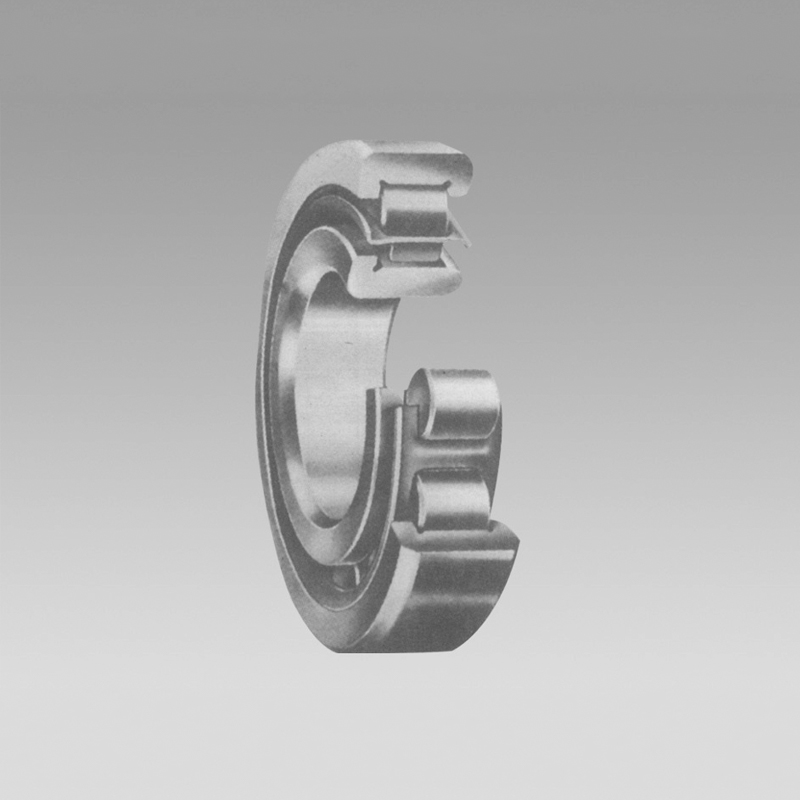
Aug . 14, 2024 04:36 Back to list
Benefits and Applications of Cylindrical Roller Bearings in Modern Engineering and Industry
Cylindrical Roller Bearing Applications and Advantages
Cylindrical roller bearings are a type of rolling-element bearing that utilize cylindrical rollers to maintain the separation between the bearing races. These bearings are known for their ability to handle heavy radial loads and are commonly used in various industrial applications due to their robustness and efficiency. In this article, we will explore the uses of cylindrical roller bearings, their advantages, and their significance in various sectors.
Applications of Cylindrical Roller Bearings
Cylindrical roller bearings are widely employed in several applications, particularly where high radial loads and moderate axial loads are present. Some common applications include
1. Automotive Industry In the automotive sector, cylindrical roller bearings are utilized in wheel hubs, gearboxes, and differentials, where they ensure smooth operation and minimized friction. The ability to withstand high radial loads makes them ideal for supporting the weight of vehicles and handling dynamic forces.
2. Industrial Machinery Many types of industrial machinery, such as compressors, pumps, and turbines, use cylindrical roller bearings. They help support rotating shafts with high efficiency, reducing wear and tear on components, thereby prolonging the lifespan of the machinery.
3. Construction Machinery Equipment such as excavators, cranes, and loaders often operates under heavy loads and challenging conditions. Cylindrical roller bearings are crucial for these applications as they provide the necessary strength and reliability, ensuring smooth operation even in harsh environments.
4. Railway Transportation In the railway industry, cylindrical roller bearings are used in wheel sets and traction motors. Their ability to manage high radial loads while maintaining a compact design makes them essential for the safe and efficient operation of trains.
5. Aerospace Applications In aerospace engineering, where precision and reliability are paramount, cylindrical roller bearings find applications in various systems, including landing gear and engine components. The lightweight design combined with high load capacity enhances the performance of aircraft.
6. Wind Energy Wind turbines rely heavily on cylindrical roller bearings to support the rotor and gearbox components. These bearings can handle the rotational forces and fluctuating loads experienced in wind offshore or onshore installations, contributing to the efficiency of energy production.
cylindrical roller bearing uses

Advantages of Cylindrical Roller Bearings
Cylindrical roller bearings offer several advantages that make them a preferred choice in numerous applications
- High Load Capacity The design of cylindrical rollers allows for a larger contact area with the raceways, enabling them to bear high radial loads effectively.
- Low Friction The smooth surface of the rollers reduces friction, which not only minimizes energy loss but also enhances the overall efficiency of the machinery.
- Durability These bearings are designed to withstand harsh working conditions and provide a long service life, leading to reduced maintenance costs and downtime.
- Versatility Cylindrical roller bearings come in various designs and configurations, allowing for adaptability to different applications and requirements.
- Ease of Installation Their design often allows for straightforward installation processes, which can save time and reduce labor costs.
Conclusion
Cylindrical roller bearings are fundamental components within various industries due to their ability to efficiently manage heavy loads and provide reliability in operation. Their diverse applications across automotive, industrial machinery, construction, rail, aerospace, and renewable energy sectors underline their importance. As technology progresses and demands for efficiency and performance rise, cylindrical roller bearings will continue to play a crucial role in the advancement of engineering solutions. Understanding their uses and advantages is essential for engineers and designers seeking to optimize their mechanical systems.
Latest news
-
Grooved Ball Bearing Design and Functionality
NewsJun.04,2025
-
Concrete Mixer Bearing Load Capacity Testing
NewsJun.04,2025
-
6004 Bearing Dimensions in Robotic Joint Designs
NewsJun.04,2025
-
Advantages of Single-Row Deep Groove Ball Bearings
NewsJun.04,2025
-
Applications of Deep Groove Ball Bearings in Automotive Systems
NewsJun.04,2025
-
Innovations in Bearing Pressing Machine Design
NewsJun.04,2025
